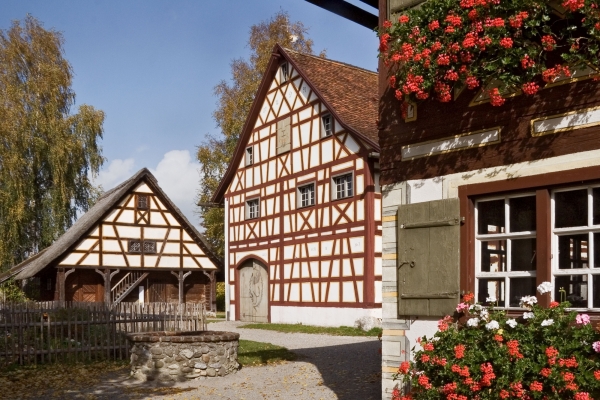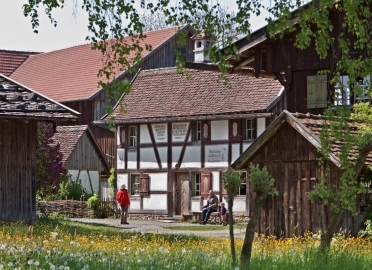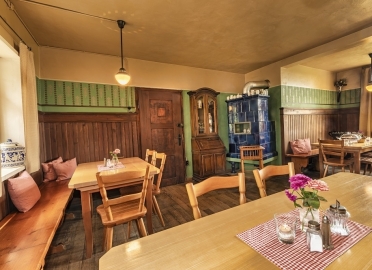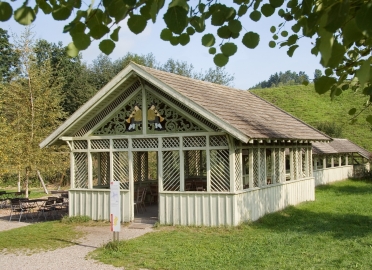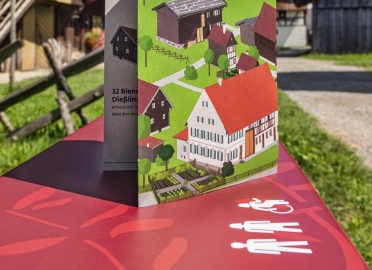By car:
The museum is located near the motorway junction of A7 and A 96 in Memmingen, one and a half hours' drive from Munich.
Take the motorway A 96, exit at Aitrach, then go to Lautrach/Illerbeuren or take the motorway A7, exit at Memmingen Süd or Woringen. The museum is signposted on the road.
Address:
Museumstrasse 8
87758 Kronburg
Illerbeuren
There are several free car parks in Illerbeuren. Parking spaces for the Disabled are available close to the entrance. Follow the signs.
By bike
The bike path between Ulm and Oberstdorf leading along the river Iller passes by the village of illerbeuren.
Planning the route is possible via the Website www.illerradweg.de
The bike path Allgäuer Radrunde passes Illerbeuren, too.
Planning the route is possible at the Website www.allgaeu.de/en/cycling-allgaeu
An E-bike charging station is located at the town hall of Illerbeuren opposite the entrance of the museum.
By public transport
Taking the railway (DB) to Memmingen, then take the regional bus No. 966 from Bus pole No. 6 at the Central Bus Station, getting off at the stop “Illerbeuren school” or “Illerbeuren fire department”. It’s a five minutes' walk to the entrance of the museum.
Sometimes there is no service through the village Illerbeuren. Then get off at the bus stop “Lautrach Abzweigung Illerbeuren”. Crossing the river Iller over the bridge, you get directly to Illerbeuren. Then, it’s a fifteen minutes' walk to the entrance of the museum.
